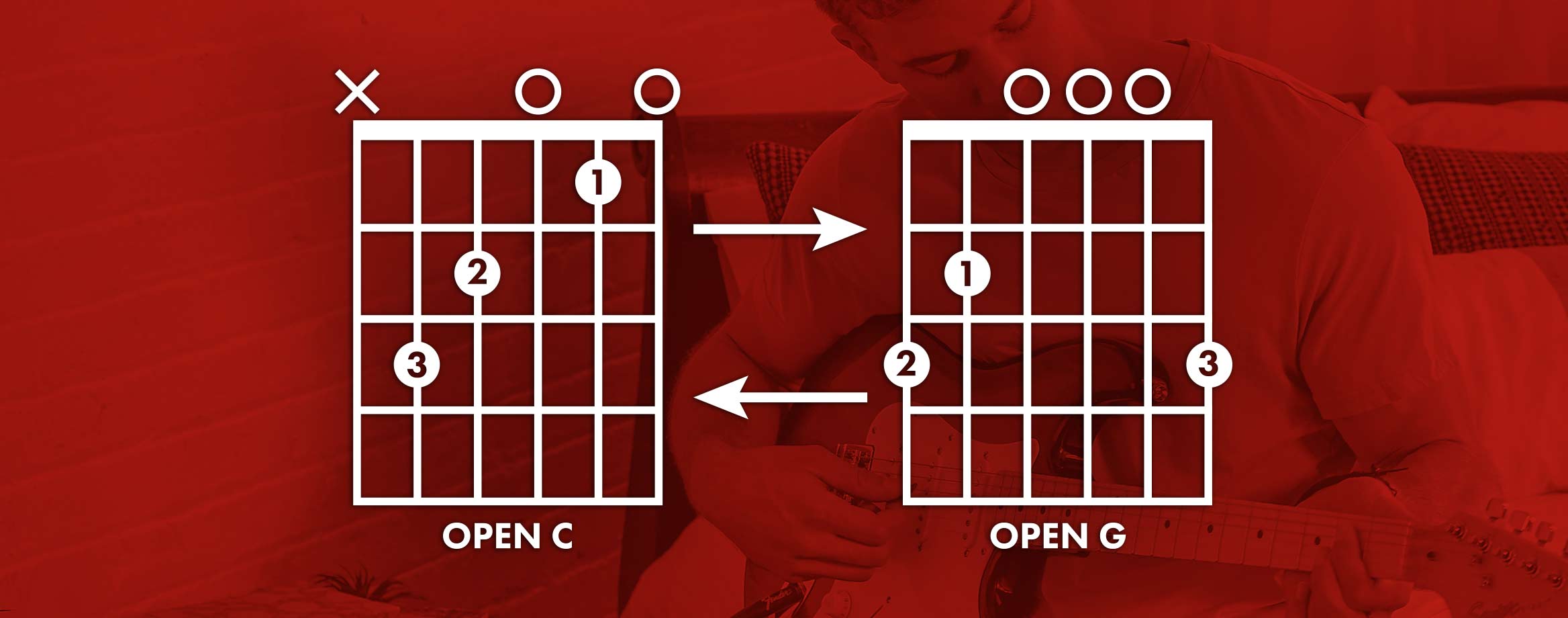
Sections
Smooth chord transitions are a good sign that your playing is starting to come together. It’s one thing to recognize shapes and play a chord, but it’s another to be able to move between chords without pause.
So how can you make transitions with ease? Here are five tips for better chord changes:
1. Think Ahead
Know what chord comes next so you can prepare. Looking ahead prevents having to pause and think about what to do.
2. Stay Close to the Fretboard
Don’t lift your fingers high off the fretboard. Keep them low and close, using the least amount of motion to move your fingers and minimizing the distance that you have to cover.
3. Keep Moving
When playing live or with others, time doesn’t stop. Use a metronome to practice moving forward and staying in time. Keeping your strumming hand moving also forces your fretting hand to keep up.
4. Use Pivot Fingers
Many chords share the same frets, which means some fingers don’t have to move when changing chords. Leave those fingers down on the fretboard as a pivot (click here for a lesson on how to use a pivot finger) to move between chords. Shared real estate makes moves easier and serves as an anchor.
5. Fingers Down at the Same Time
Focus on placing all of your fingers down at the same time. As you learn, you’ll have to slowly build chords fret by fret, but getting fast and smooth requires placing your fingers down together.
Chord transitions require a healthy mix of coordination and practice. But if you follow these tips, you’ll be cruising through changes with ease. To learn more about chords, browse Fender Play's chord library, discover other chord types, and find tips on how to master them..
Learn more about chord changes in this video lesson, and if you're not a member of Fender Play, click here for a free trial!
Don’t miss out!
Be the first to know about new products, featured content, exclusive offers and giveaways.


